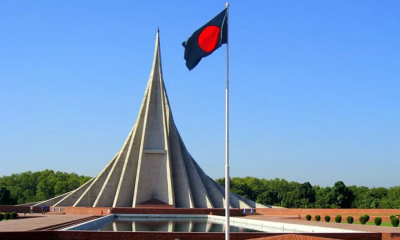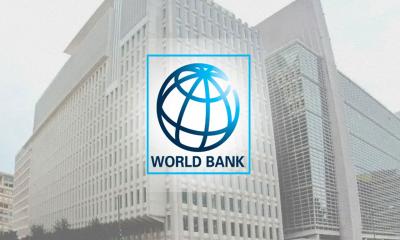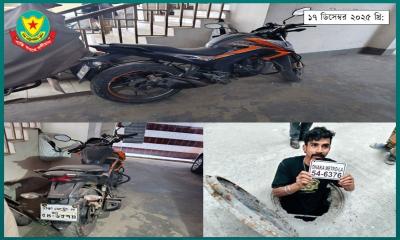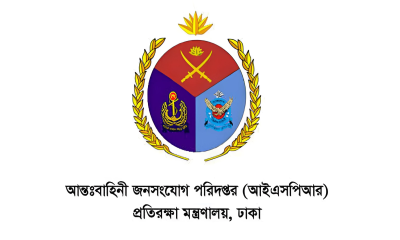The number of displaced people worldwide has surpassed 100 million for the first time, propelled by the war in Ukraine and other conflicts across the world.
The ongoing war in Ukraine has led to the fastest-growing refugee crisis since the end of World War II.
More than 14 million people have fled their homes since February 24th, with at least 6 million civilians, mostly women and children, seeking refuge in neighbouring countries.
In 2021, conflict and violence triggered 14.4 million internal displacements, a nearly 50 per cent increase on the previous year. Natural disasters such as floods and cyclones resulted in 23.7 million internal displacements, mainly in the Asia-Pacific region.
Global refugee statistics at a glance
35 million refugees are children, with more than 1 million children born as refugees
85% of refugees are hosted in developing countries that are already struggling with high rates of poverty.
68% of refugees come from just five countries alone – Syria, Venezuela, Afghanistan, South Sudan and Myanmar.
Supporting Rohingya refugees in Cox’s Bazar
The Rohingya people have faced systematic persecution in Myanmar for decades. The latest wave of violence in 2017 forced a massive influx of Rohingya refugees from the Rakhine state to Bangladesh.
An estimated 745,000 Rohingya people —including more than 400,000 children—have now fled into Cox’s Bazar, the largest refugee camp in the world. They continue to live in highly challenging circumstances and are extremely vulnerable to disasters such as monsoons and flooding.
Our partner Caritas Bangladesh is working with the can do network to support Rohingya refugees in Cox`s Bazar.
The program has supported approximately 70,000 Rohingya refugees through a number of initiatives including:
Training local volunteers about Covid-19 and hygiene practices
Repair and maintenance of 722 latrines, including constructing accessible latrines for people with a disability
Establishing and supporting women producer groups to help women earn an income
Running disaster community awareness sessions such as early warnings, preserving dry food and water, and evacuation plans during cyclones and landslides
Displaced people in Afghanistan facing a dire humanitarian crisis
After decades of unrest and drought, the situation in Afghanistan has become one of the world’s worst humanitarian crises, with economic collapse, long-term drought and a brutal winter leaving millions in need of urgent humanitarian assistance.
Thousands of families, especially women and girls, who face disproportionate risks to their health, safety and wellbeing, are fleeing their homes. An estimated 3.5 million people are internally displaced within the country, according to the UNHCR.
Unless urgent action is taken, it is estimated that 97 percent of Afghanistan’s population will be pushed into extreme poverty by the end of June.
After decades of unrest and drought, the situation in Afghanistan has become one of the world’s worst humanitarian crises, with economic collapse, long-term drought and a brutal winter leaving millions in need of urgent humanitarian assistance.
Thousands of families, especially women and girls, who face disproportionate risks to their health, safety and wellbeing, are fleeing their homes. An estimated 3.5 million people are internally displaced within the country, according to the UNHCR.
Unless urgent action is taken, it is estimated that 97 percent of Afghanistan’s population will be pushed into extreme poverty by the end of June.




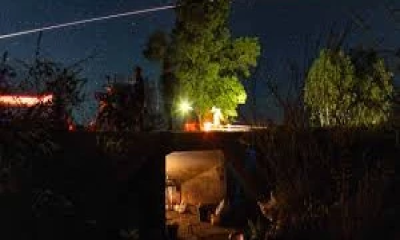

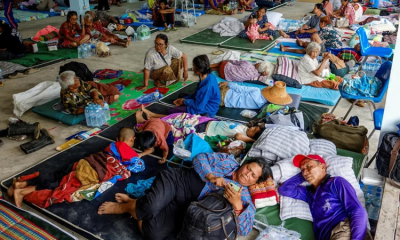
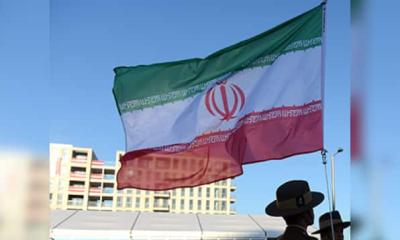
-20251220073333.jpeg)
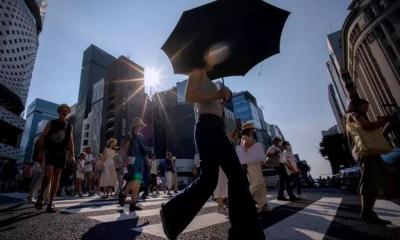


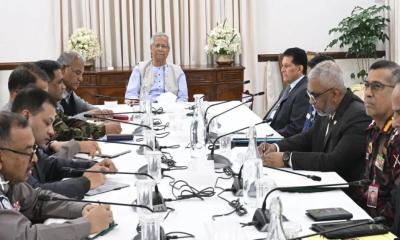


-20251222051606.jpeg)





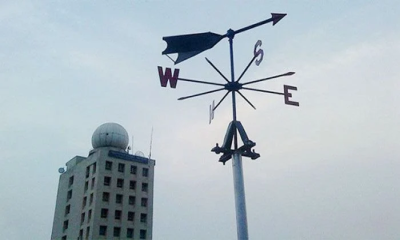
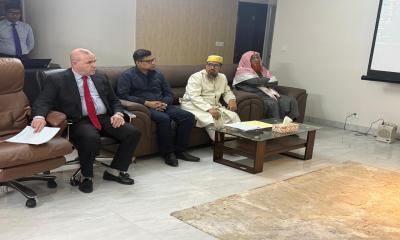


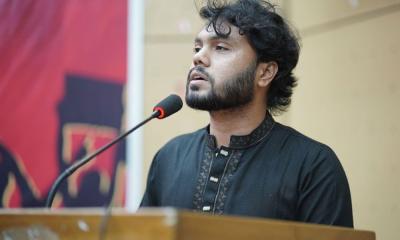
-20251218165258.jpeg)
-20251216090625.jpeg)




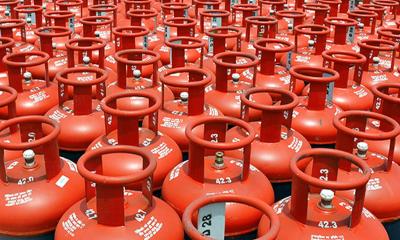
-20251216054240.jpeg)
